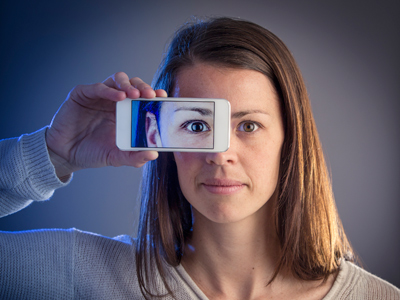
Light - The Eye
This GCSE Physics quiz about light will test your knowledge of the eye. The eye gives us one of our main senses - sight. The eye can be thought of in some respects as a lens and a camera - the only difference being that we can't download our images to our computers...yet! There are several key parts of the eye which are essential learning for the GCSE syllabus, and knowing them could get you a lot of easy marks.
The inside of the back of the eyeball contains the retina. This is the equivalent of the CCD (or film) in a camera as it is where the image is formed. This contains sensors that transfer light energy into electrical energy that is transmitted to the brain. The brain interprets these signals, creating the images of the world around you.
Ready for more?
not all...
quizzers. Try to win a coveted spot on our Hall of Fame Page.







